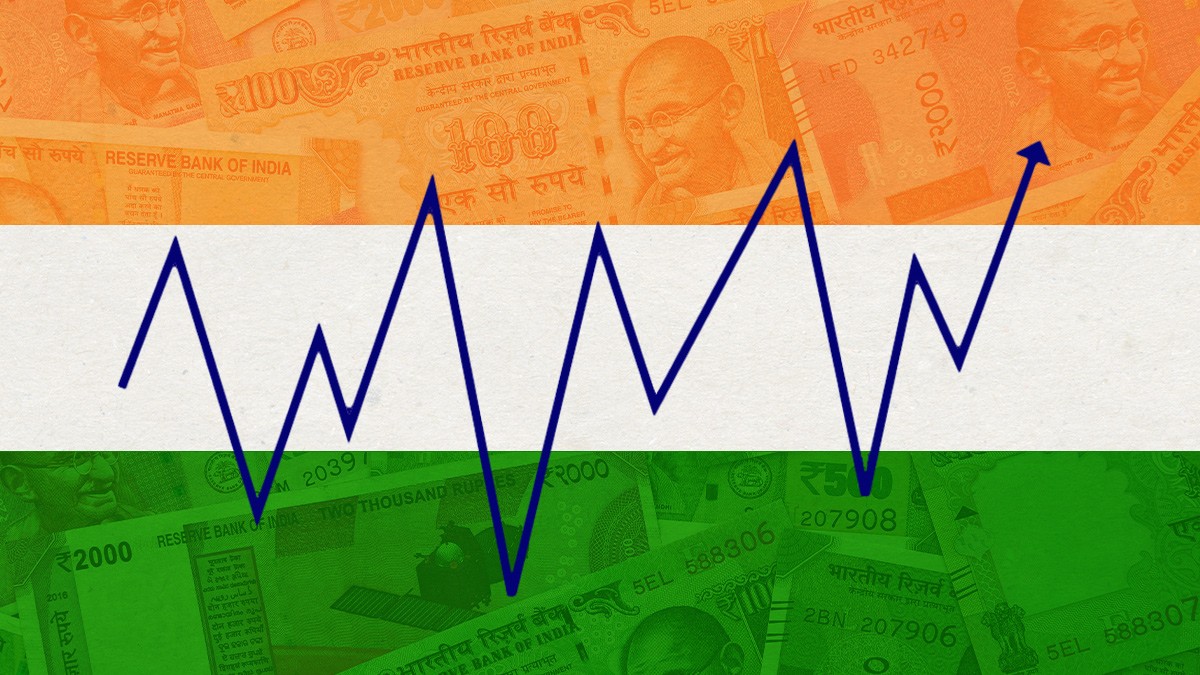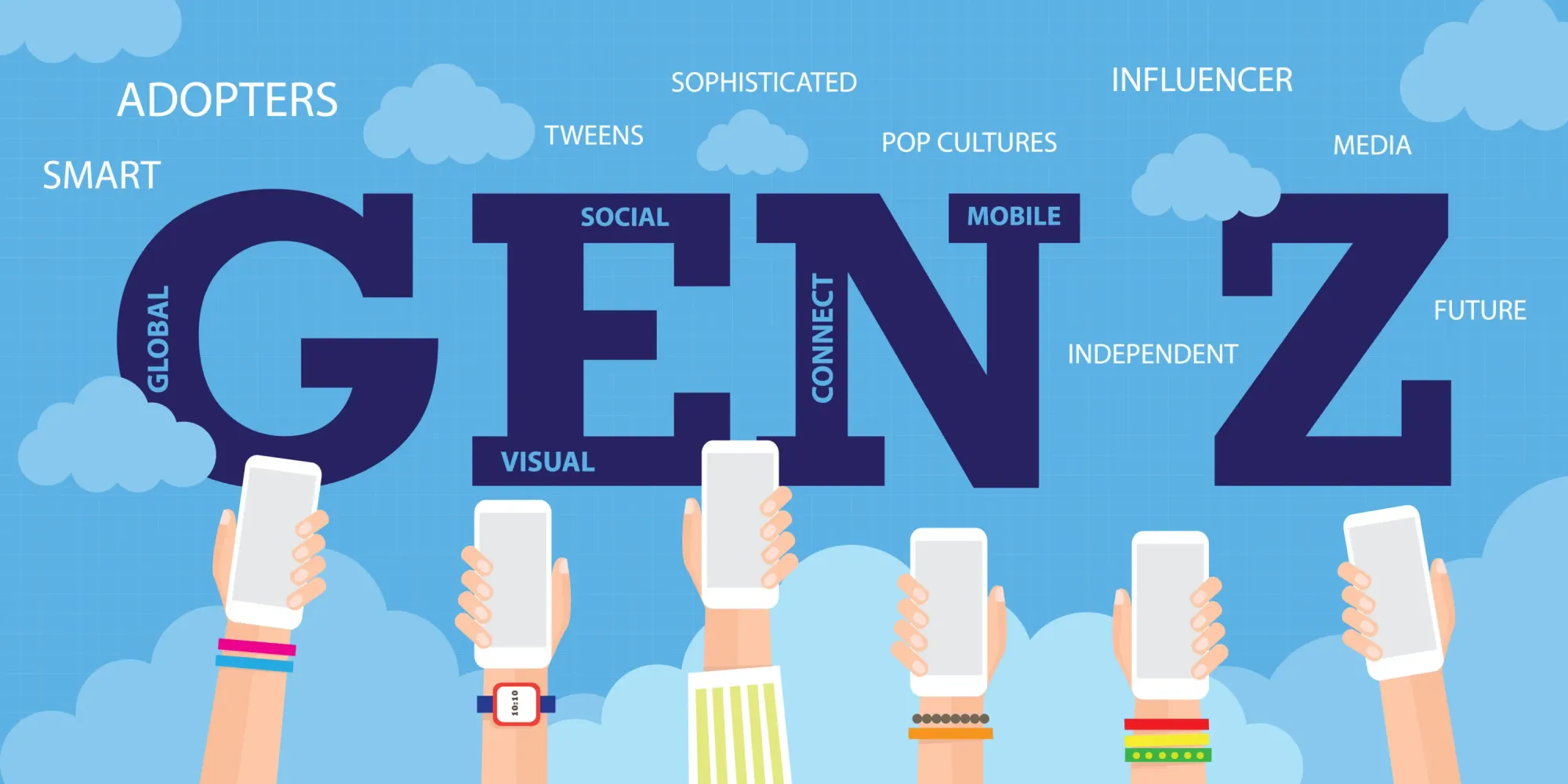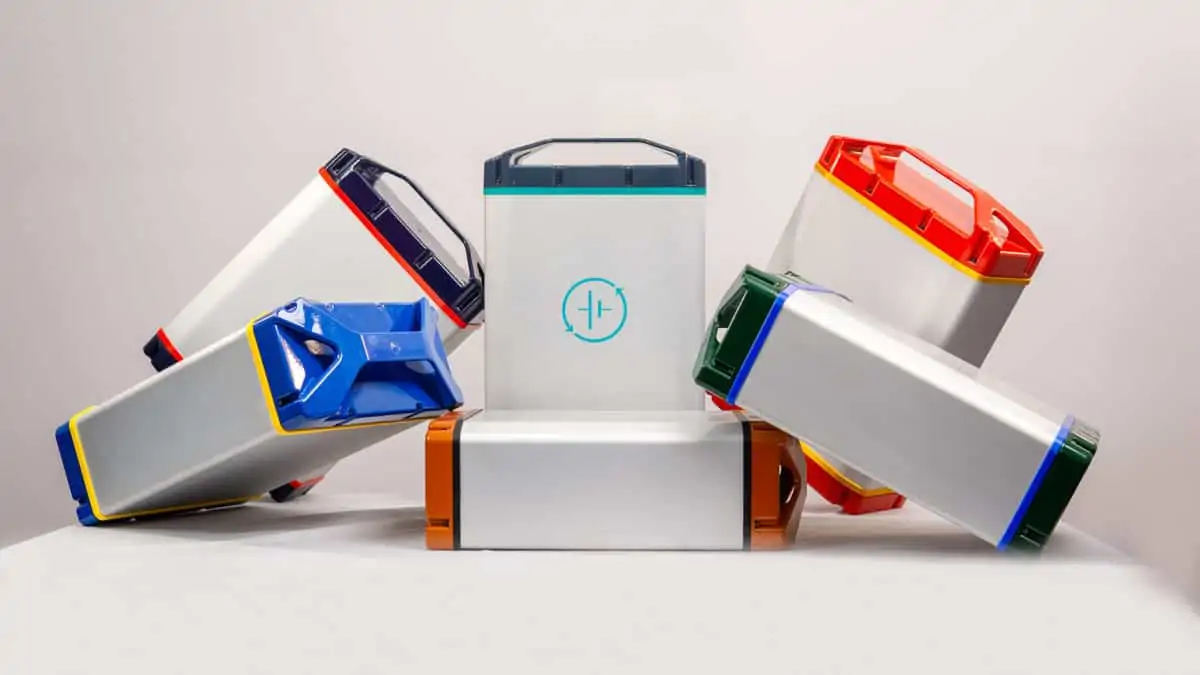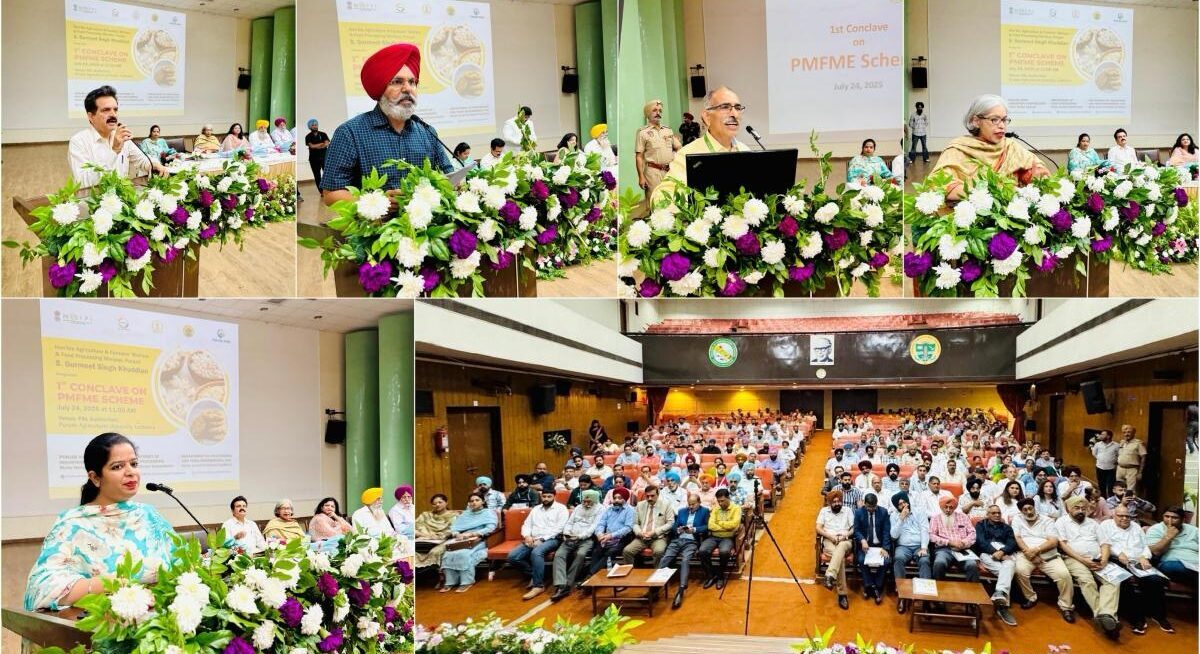QR codes: In a world where digital payments, contactless transactions, and data sharing are a part of everyday life, one small technology has led the revolution: the QR code. A technology developed by the industry, the QR code is today ubiquitous in consumer interaction, particularly in India, where cashless payments have become the norm. But how did the black-and-white pixelated box become a reality, and how did it turn into such a crucial element of the digital landscape of today?
The Birth of the QR Code
The story of the QR code begins in 1994 in Japan with Masahiro Hara, an engineer working at Denso Wave, a subsidiary of Toyota. Hara was tasked with improving the tracking of automotive parts, which led him to create a two-dimensional code that could store more data and be scanned at higher speeds than the barcodes used at the time.
The idea came to Hara while playing the ancient strategy game Go, where he noticed the pattern of black and white stones on the grid. This sparked the idea to create a grid-based system for storing data, which led to the development of the “Quick Response” (QR) code. Unlike traditional barcodes, which only store data in one dimension, the QR code uses a two-dimensional matrix that can hold up to 7,000 characters, making it far more versatile and efficient.
Also Read: Fuze Gets $12.2M Boost for Global Crypto Infrastructure Push
From Barcodes to QR Codes: The Evolution of Data Encoding
The idea of visually representing data began in the 1940s when Joseph Woodland and Bernard Silver invented the barcode and patented it. They were prompted by the idea of Morse code and wanted to design a system that would make automatic checkout possible in stores. The first barcode design used concentric circles, but it wasn’t until the invention of the laser scanner in the 1960s that barcodes became possible for mass use.
By the 1970s, barcodes were ubiquitous in the supermarket, employed to mechanize inventory and streamline checkout. But barcodes had some drawbacks-limited storage and readability. This created the opportunity for a more advanced, expandable system, and that is when the QR code would come along to fill the bill.

The Rise of QR Codes: A Global Phenomenon
Initially used in the automotive industry for parts tracking, QR codes began to gain global traction with the rise of smartphones. As mobile technology advanced, QR codes became an easy way to access websites, make payments, and store various forms of data, all through a simple scan. Their widespread use truly began during the COVID-19 pandemic when QR codes allowed businesses to offer contactless services such as digital menus, payments, and health tracking.
In India, QR codes became an essential tool in the country’s digital payments ecosystem. The mass-scale use of the Unified Payments Interface (UPI) system, which is based heavily on QR codes for transactions, has fueled a cashless boom. UPI had settled transactions worth ₹24.77 trillion by March 2025, with billions of payments having been settled solely via QR codes.
A Technological Revolution in Payments
QR codes not only made the payment process easy but also convenient. They have enabled small merchants to become cashless without investing in costly point-of-sale (POS) machines. Merchants, from small stores to big chains, are now using QR codes, and they are a convenient and secure means of making payments.
In March 2025, for example, a large percentage of India’s UPI transactions-ranging from high-value to low-value transactions-was done through scanning QR codes. This has helped to bring digital payments to rural and semi-urban consumers who otherwise had poor access to banking infrastructure.
The Future of QR Codes: Innovations Ahead
The journey of the QR code is not yet complete. With the development of technology, the QR code will also change in the future. We will be hearing about even more innovative uses of the QR code in the future, such as the inclusion of multimedia content through the use of video and interactive features. By combining the QR code with blockchain technology, data security can be enhanced and transactions can be made more secure and transparent.
Masahiro Hara, the creator of the QR code, has been fascinated with the possibility of introducing new functionality to the code, including the capacity to embed multimedia data. Such innovations would have significant impacts, particularly in sectors like education, healthcare, and marketing.
Conclusion: The Ubiquity of QR Codes in the Digital Age
From humble origins in the motor industry to being the cornerstones of contemporary digital payments and communication, the QR code has transformed the manner in which we interact with technology and one another. Simple, effective, and adaptable, QR codes have transformed the manner in which we interact with technology and one another. As digital ecosystems persist, humble QR code will be at the center of it all, the way forward for information exchange and digital connectivity over the next few years. add some chart or table
Also Read: Ather Energy’s IPO: A Turning Point for India’s EV Future
























